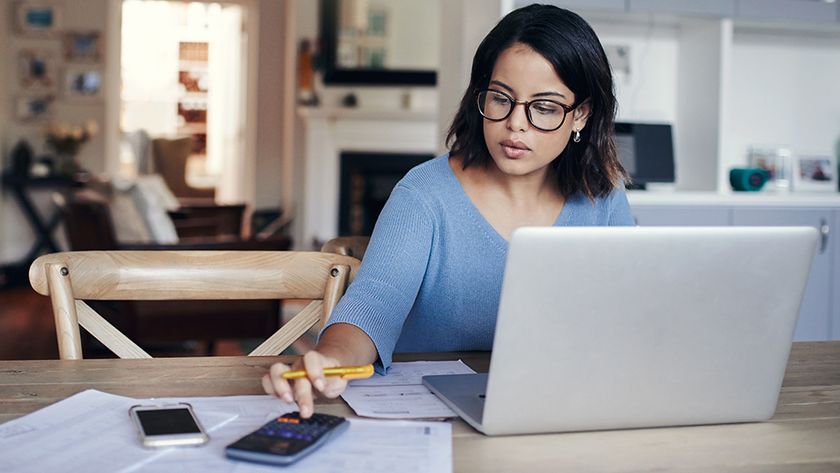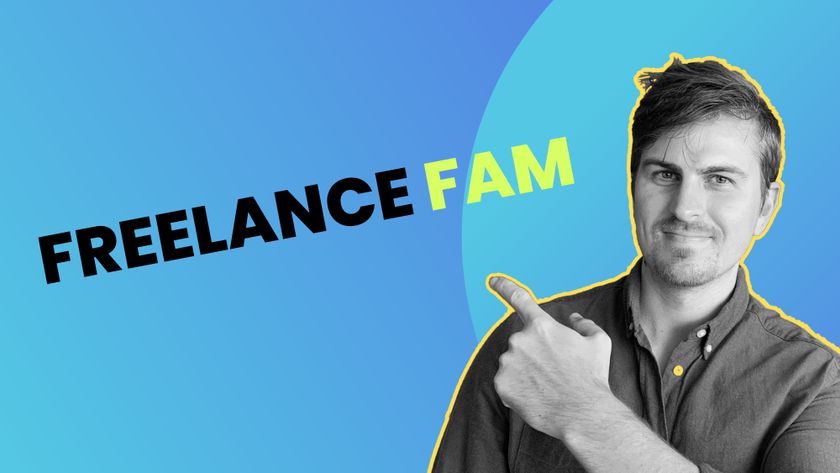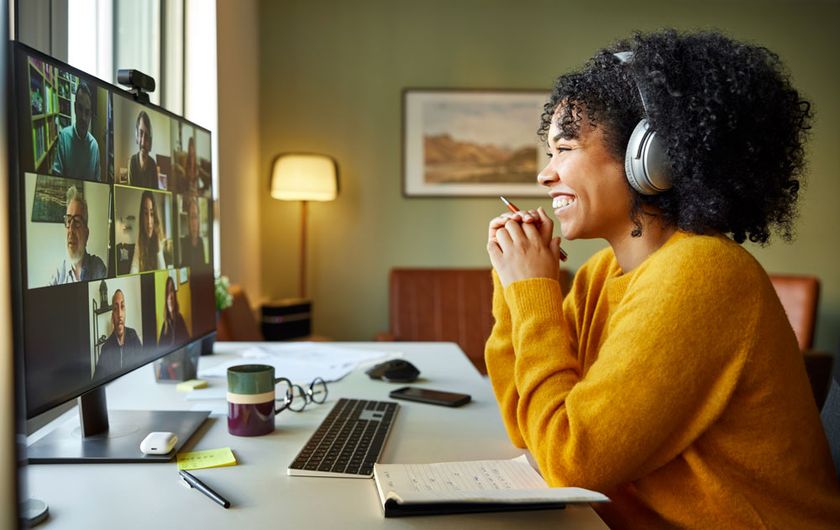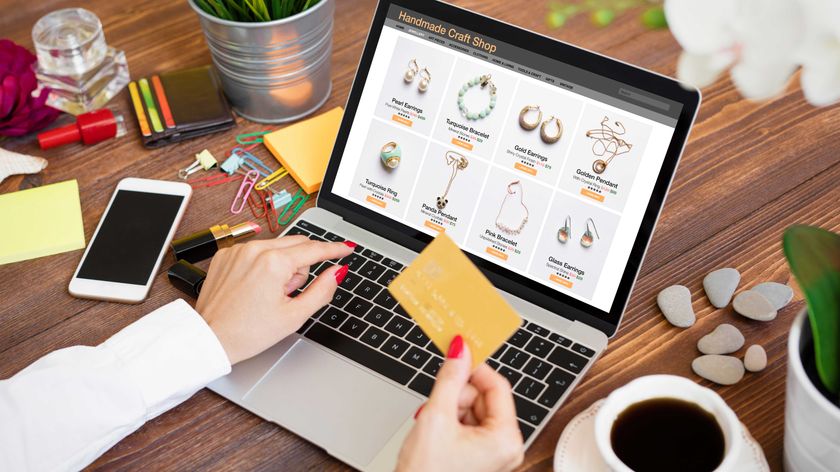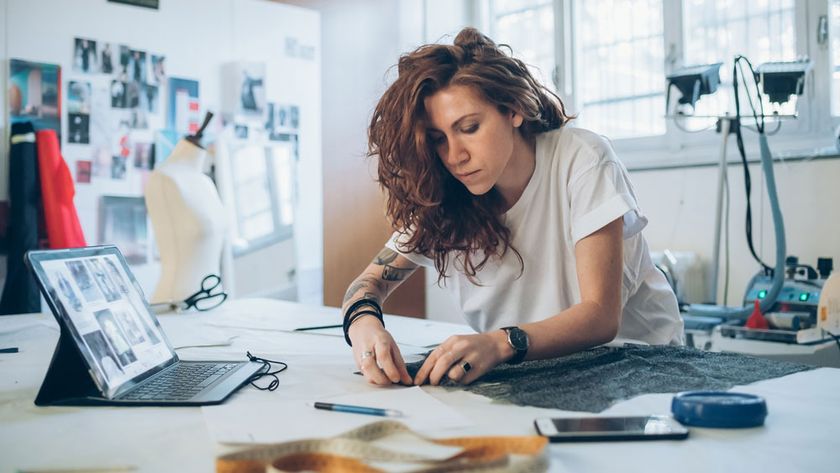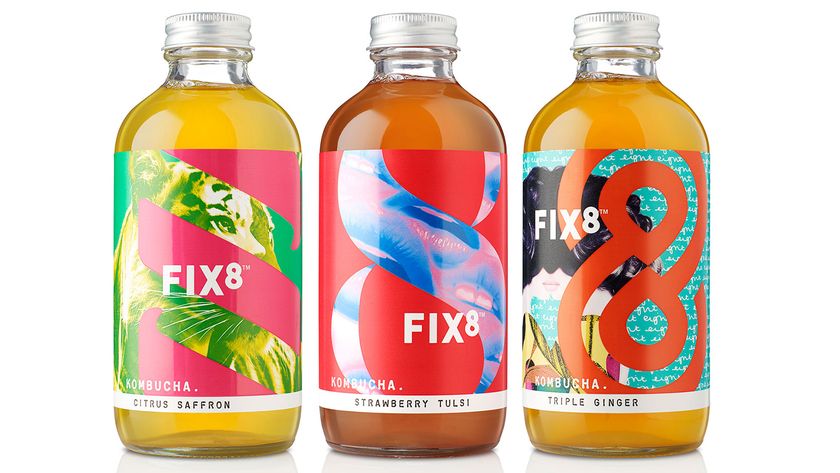4 ways to improve your client relationships
Adam Fairheads explores four ways designers can strengthen trust with clients, and get more commissions and money as a result.

"Client relations" as a term always sounds a bit artificial to me. Let's call it "relationships with clients" — a small difference, but it'll make everything feel much more human.
Like any good relationship, you've got to earn and build trust on both ends. And that begins the moment a prospect contacts you.
You want your prospects to have confidence in what you're going to deliver and you'll want to have confidence in that they'll participate in the process. When those prospects become paying clients, they've put their trust in you. You're entrusted with their site, their brand and their online presence — and that's a lot of trust.
In this post, we'll show you four ways designers can strengthen the trust with clients (which improves profitability).
01. Don't assume; don't let them assume
If you went to the doctor's office and were told "you have nasopharyngitis", you'd freak out. If they used language we understood and instead said "you just have a common cold, nothing to worry about", you'd be relieved. Same message, different delivery.
You're the professional. They're the client. It's your job to translate their hopes, dreams and goals into tangible deliverables that can help them.
For example, don't assume they want a WordPress site because they said "WordPress", that could mean "I want a CMS" to them.
Get the Creative Bloq Newsletter
Daily design news, reviews, how-tos and more, as picked by the editors.
- Ask follow up questions to get to the root of what a client is actually saying. Like with the "WordPress," clients may not be able to express what they really want or what's really bothering them. You have to probe, and ask why something bothers them.
- Always make things clear, even if they feel obvious. They're only obvious to you because you're the professional.
- Be their trusted guide. As clients negotiate the tricky waters of design, lead them through the process. Don't let them go it alone.
Doing these things will ellivate any uncertainty for the clients. If you don't, then they'll have to face the unknown and fill in the blanks with assumptions.
02. Time apart and lack of attention are relationship killers
Relationships require time and attention. How many relationships, friendships and marriages, fall apart from a lack of communication and time apart? The same things can also kill a client engagement.
Here's what you can do to ensure the relationship doesn't sour:
- Don't disappear for weeks. Keep clients continually update as to where the project is at. Weekly updates that outline what work will be done and delivered that same week reassures clients. Design Agency ZURB uses a five-day rolling forecast to keep clients informed.
- Repeat back client feedback. Summarize the major points of feedback, especially if you're on a call or in a face-to-face session. This allows you to double-check whether you accurately captured their feedback. It also give clients a chance to clarify any points brought up.

Communication is key while working with the client. But, believe it or not, it's also important long after the final work is delivered. If you make a great set of designs for a client, then disappear for years, you're far less likely to be chosen when they need more work doing.
Instead, you'll have wasted the time and emotional energy you invested in a relationship.
Don't let your relationships go to waste.
03. Invest in your relationships
Your clients are people, and people were made for relationships. Be a trusted source in the networks of your clients, and stay in their lives so you can help them however you possibly can, whenever you possibly can. A few things you can do to keep in touch:
- Put out a newsletter. Have an opt-in newsletter that your clients can subscribe to, where you can regularly update them on all that's fit to print about your business.
- Send a holiday card. And maybe a gift too. However, something simple as a card let's your clients know that they aren't forgotten. It's also a good way to remind them you're still around.
- Send business their way. Invariably we all get asked if we know a guy. Well, if someone you know is looking for a service or product that your previous clients have, then recommend away.
- Return the favor. A client may ask you for help in recommending another service or if you know someone they can hire. If you can, return the favor. Help them out and they'll remember you.
For example, I'm often happy to refer prospects that don't fit our company to other service providers — just because we can't ship their deliverables, it doesn't mean they can't continue to see us as a trustworthy, reliable, helpful friend.
Similarly, we're happy to introduce past and existing clients to one another, if one client ever has trouble with something that another could easily solve. By investing in relationships, these opportunities present themselves willingly.
Pay it forward, and it will always pay you back.
04. Collaborating as a freelance designer
Sometimes, projects call for more than one person. It's why collaborative design tools like UXPin, Slack, and Mural.ly are so popular.
We mentioned earlier that you can't be the best at everything. Projects that require skills other than your chosen mastery give you two options: hack it together yourself, or find people who chose different masteries to you.
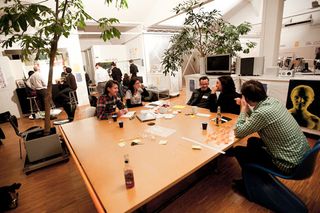
I've always enjoyed working with other designers and developers. I've been fortunate enough to have some great friendships come out of these sorts of working relationship.
- Be clear about what you bring to collaboration projects: "Web designer" means different things to different people. At Fairhead Creative, we make the distinction clearer, between "visual web design," "user experience design," "information designer," "content strategist" and so on.
- Make it clear what specific skills you bring to the table. This will prevent confusion or assumptions about your abilities, and it'll let you all leverage talents that may have otherwise gone unnoticed.
- Be a go-to for designers for other designers. Consider becoming a logo designer's web designer. Or a brand designer's graphic designer. Or a web designer's web developer. By becoming the go-to for other people in the industry, you're providing a service both to them and to their clients. This is a great way to add value to the marketplace and to add new streams of potential clients for your business. As outlined in the guide Web UI Design Best Practices, when you better understand what others do, you'll be able to better collaborate with them.
- Be clear with yourself about where you're going. Collaborative relationships can last as long as a project, or they can last for a long time. It's important, I think, to keep in mind where you want to go in your self-employed design career.
If you want to stay solo, protect that! Don't let the collaboration overtake you and disconnect you from your flow of clients. In any case, be clear about where you want to go and think about what you're creating, every day.
- Let them know what you can do. Everyone is unique, so let collaborators know what skills you have to offer.
- Add value to other designers and their clients. Give them the opportunity to resell you. If you and the other designer both have the client's best interests, this type of relationship will be very natural.
- Remember your goals. Spend your time building towards where you want to go, rather than being carried away by the tide of your peers.
Conclusion
There's no such thing as over-communicating, especially with clients. If you leave them in the dark too much, they'll make assumptions about what's happening with the project. More than that, they'll feel as if they aren't being hard. And that could be disastrous.
One thing to always keep in mind: an engaging designer-client relationship is critical to a successful project. And building trust builds momentum at the same time.
If you enjoyed this article, check out the free Field Guide to Freelance Web Design. You'll learn the pros and cons of striking out on your own. The book contains straightforward advice based on my 10 years of experience as a self-employed designer and tips from CreativeMarket.
Words: Adam Fairhead
Adam is the founder of Fairhead Creative, a creative web design & marketing company. Adam also contributes to the collaborative wireframing & prototyping app UXPin. Follow him on Twitter!
Like this? Read these!
- 12 killer tips for freelance success
- How to create your best-ever branding
- The designer's guide to working from home

Thank you for reading 5 articles this month* Join now for unlimited access
Enjoy your first month for just £1 / $1 / €1
*Read 5 free articles per month without a subscription

Join now for unlimited access
Try first month for just £1 / $1 / €1
The Creative Bloq team is made up of a group of design fans, and has changed and evolved since Creative Bloq began back in 2012. The current website team consists of eight full-time members of staff: Editor Georgia Coggan, Deputy Editor Rosie Hilder, Ecommerce Editor Beren Neale, Senior News Editor Daniel Piper, Editor, Digital Art and 3D Ian Dean, Tech Reviews Editor Erlingur Einarsson and Ecommerce Writer Beth Nicholls and Staff Writer Natalie Fear, as well as a roster of freelancers from around the world. The 3D World and ImagineFX magazine teams also pitch in, ensuring that content from 3D World and ImagineFX is represented on Creative Bloq.
